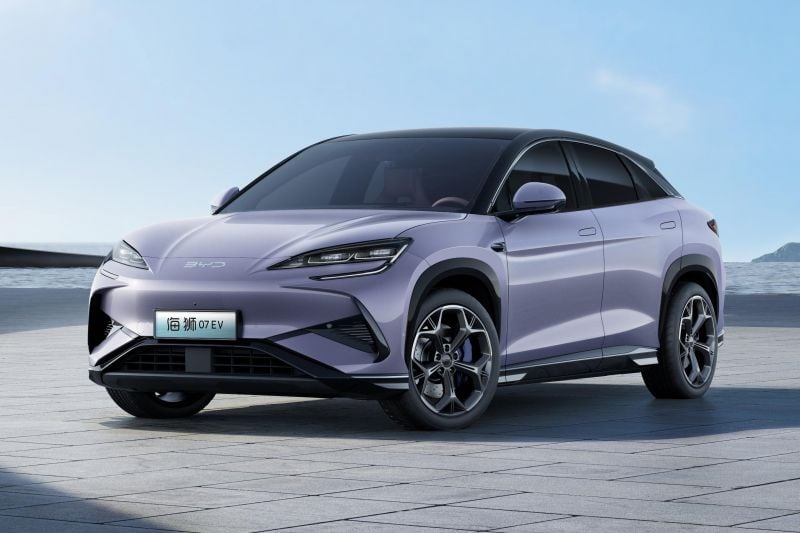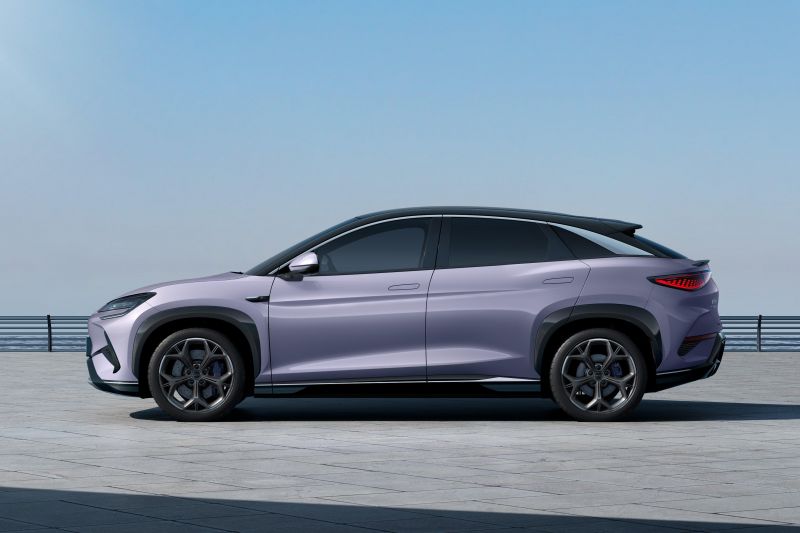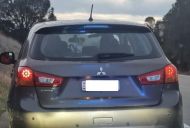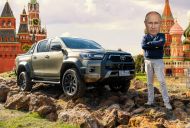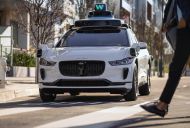BYD could finally offer a competitor to the best-selling Tesla Model Y in Australia, but the brand hasn’t yet provided a timeline on when its new flagship electric SUV could arrive locally.
When asked by CarExpert whether there’s space in BYD’s lineup for a larger electric SUV than the Atto 3, David Smitherman – CEO of BYD’s Australian distributor EVDirect – alluded to the Sea Lion 07 or an electric version of the Sealion 6 (Seal U) coming here.
“I can’t really confirm because I’m not 100 per cent sure what that looks like so far as timing,” Mr Smitherman said.
“But I can assure you, it’s certainly a plan, a product I’d love to have in market.”
The BYD Sea Lion 07 was unveiled at last year’s Guangzhou motor show, featuring a design which bore heavy resemblance to the Ocean X concept car and the similarly-sized Seal sedan.
It went on sale in China this week and has been confirmed to be produced in right-hand drive, with a New Zealand launch due to take place this year.
The electric Sealion 6 – which is sold elsewhere as the Seal U – however is currently exclusively built for left-hand drive markets, despite its plug-in hybrid (PHEV) version launching in Australia today.
With prior model launch timings in New Zealand as a reference, it’s likely the Sea Lion 07 won’t come to Australia until 2025 at the earliest if it does make a local showroom debut.
The BYD Sealion 6 and the Shark PHEV ute are understood to be the brand’s only models planned to launch in Australia this year.
BYD’s Australian distributor has previously said it plans to launch at least two new vehicles each year from this year, with the aim of being a top-five brand on the local sales charts in 2025.
While the Seal sedan arrived in Australia late last year as BYD’s most direct rival to the Tesla Model 3, the brand has been without an SUV to compete against the Model Y.
The BYD Sea Lion 07 shares an appearance similar to the Seal electric sedan in its front and rear lighting design, but with a larger SUV shape.
Measuring 4830mm long, 1925mm wide, and 1620mm tall with a wheelbase of 2930mm, it’s 5mm wider but 80mm longer than the Tesla Model Y, and larger than the Atto 3 across every dimension.
It’s underpinned by the brand’s e-platform 3.0 EV architecture which is also found under the Seal sedan, with its BYD Blade battery – available in 71.8kWh and 80.64kWh capacities – integrated into its structure for greater rigidity and safety.
In China, three powertrains are offered: two rear-wheel drive grades with 170kW and 230kW respectively, plus a flagship dual-motor Performance model offering up to 390kW.
Driving range varies from 550km for the base rear-wheel drive and flagship all-wheel drive to 610km in the case of the mid-range, 230kW model – all tested to the lenient CLTC cycle.
Pricing in China ranges from 189,800 yuan ($39,000) to 239,800 yuan ($49,525), undercutting the Tesla Model Y which starts at 249,900 yuan ($51,600), but more expensive than the base Seal sedan’s 179,800 yuan ($37,130) price tag.
For context, the BYD Seal is priced from $49,888 before on-road costs in Australia, while the Tesla Model Y starts from $60,900 before on-road costs.
The BYD Sealion 6 PHEV has launched with prices starting from $48,990 before on-road costs.
MORE: BYD Sea Lion 07 crossover is another Tesla Model Y rival
MORE: BYD’s right-hand drive SUV plans come into focus

